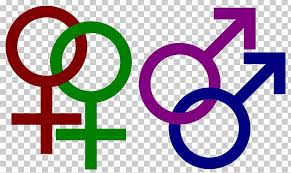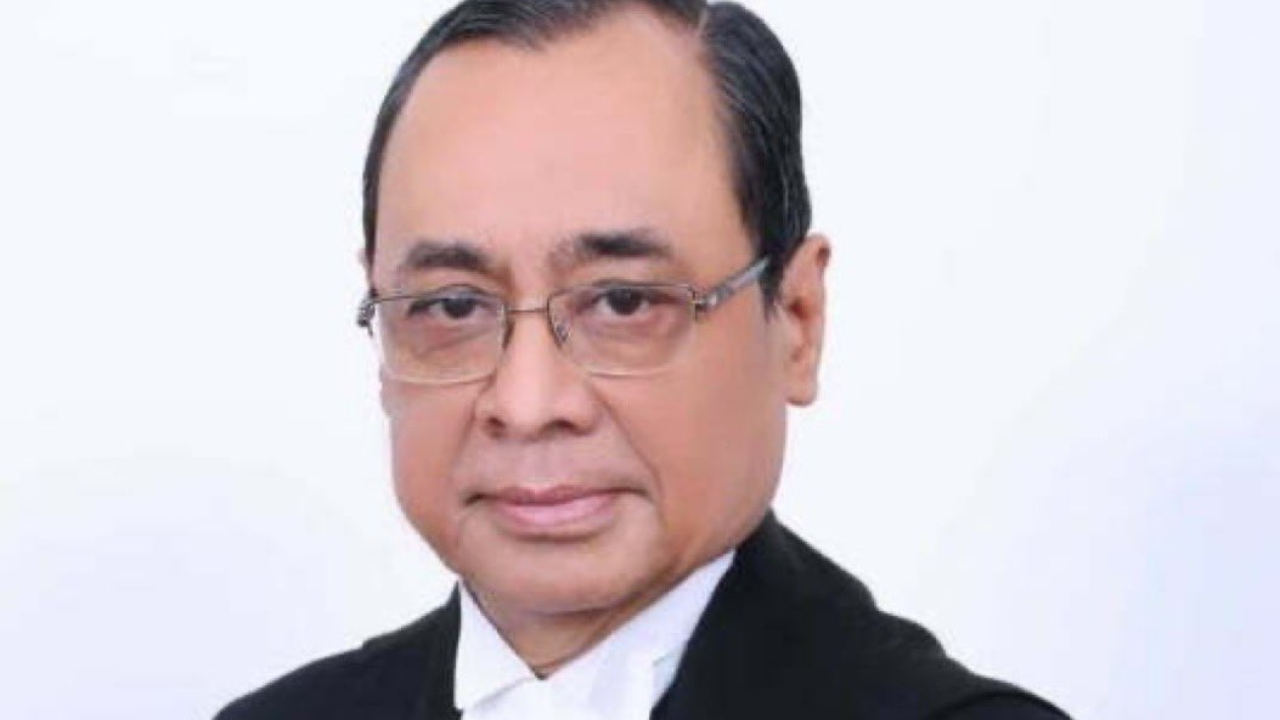




In a recent article by Legal Service India, Rohit Bansal discusses the role of judicial activism in advancing LGBTQ rights in India [7877ba99]. Bansal explains that India has a horizontal structure of government, with powers divided between the legislature, executive, and judiciary. LGBTQ rights are considered fundamental human rights that ensure equal treatment and protection. The judiciary has played a crucial role in promoting LGBTQ rights through judicial activism. Historical cases such as Lawrence v. Texas and Navtej Singh Johar v. Union of India have marked significant milestones in this regard. Judicial activism refers to the active role of the judiciary in protecting citizens' rights. In India, the Supreme Court and High Courts have the power to examine the constitutionality of any law. The Supreme Court, in a landmark decision, struck down Section 377 of the Indian Penal Code, which criminalized consensual same-sex relationships. This judicial activism has set important precedents for future cases involving LGBTQ rights and has contributed to the development of jurisprudence in this area. However, it is important to note that legal victories alone are not enough to bring about lasting social change. The implementation of these verdicts requires a concerted effort by all stakeholders involved [7877ba99].
This article provides valuable insights into the role of judicial activism in advancing LGBTQ rights in India. It highlights the significant impact of landmark cases and the power of the judiciary to shape the legal landscape and promote equality and non-discrimination. It also emphasizes the need for collective action to ensure the effective implementation of these legal victories.
The insights from former Chief Justice Ranjan Gogoi, as discussed in the previous article, further complement the understanding of judicial activism and its importance in upholding justice and maintaining faith in the judiciary [f59a41f7] [670ee5b6].
On April 20, National Review published an article highlighting instances of liberal judicial activism throughout history [106aaeda]. The article criticizes what the author perceives as overreach by liberal judges and argues that these instances have had a significant impact on American society and the interpretation of the Constitution. While the article does not provide specific details about the cases mentioned, it aims to criticize what the author sees as an overstepping of judicial power by liberal judges. It is important to note that this article focuses on the American context and does not directly relate to the discussion of judicial activism and LGBTQ rights in India.
This article explores the stories of top human rights activists throughout history and in the modern era [1d674a66]. It highlights figures like Mahatma Gandhi and Nelson Mandela who fought for independence and racial equality. It also mentions contemporary activists like Malala Yousafzai, Nadia Murad, and Harvey Milk who advocate for girls' education, survivors of sexual violence, and LGBTQ+ rights respectively. The article emphasizes the role of grassroots activists like Berta Cáceres and Bryan Stevenson in fighting for environmental justice and racial equality. It also discusses the impact of technology, challenges faced by activists, the concept of intersectionality, and the future of human rights activism. Overall, the article emphasizes the importance of protecting freedom of expression and standing up for human rights.
The inclusion of grassroots activists in the discussion of human rights activism provides a broader perspective on the topic. It highlights the diverse range of individuals and movements that have contributed to the advancement of human rights. By recognizing the contributions of grassroots activists, the article acknowledges the importance of collective action and the power of ordinary people to effect change. It also underscores the ongoing challenges faced by activists and the need for continued advocacy and support.
The article also mentions the concept of intersectionality, which recognizes the interconnected nature of different forms of oppression and discrimination. This perspective is crucial in understanding the complexities of human rights issues and ensuring that activism is inclusive and addresses the intersecting needs of marginalized communities.
The article concludes by discussing the future of human rights activism and the role of technology in facilitating global connections and amplifying marginalized voices. It highlights the potential of social media and online platforms in mobilizing support and raising awareness about human rights issues. However, it also acknowledges the risks and challenges associated with technology, such as online harassment and surveillance. The article emphasizes the need for ethical and responsible use of technology in the pursuit of human rights.
Overall, this article provides a comprehensive overview of human rights activism, highlighting the contributions of historical and contemporary activists, the challenges they face, and the potential for future advancements in the field [1d674a66].